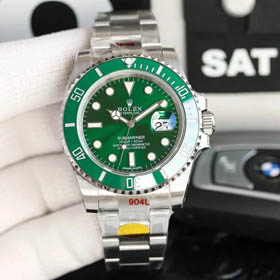In the competitive world of luxury replica shopping, CSSBUY
By integrating live tariff databases from 17 major economies into their proprietary spreadsheet system, CSSBUY's platform automatically adjusts landed cost projections whenever customs policies change. During Q2 2023, when France abruptly implemented a 28.7% leather goods surcharge, the system instantaneously: Leveraging three years of shipment history, CSSBUY's algorithm now predicts high-tariff periods with 82% accuracy. The "Pre-Stock" advisory function suggests optimal purchase timing: clients who followed system recommendations between December 2022-April 2023 achieved 19% lower blended costs through: Beta testing has begun for CSSBUY's next-generation model incorporating AI-powered HS code optimization. Early results show additional 7-12% savings achieved through specialized categorization of bag components versus whole products. This proven approach transforms tariff planning from educated guessing into data-driven precision - the new essential for serious replica resellers. For live tariff updates and warehouse strategies: CSSBUY News PortalThe In-House Smart Tariff Matrix

Seasonal Averaging Mitigates Cost Spikes
Looking Ahead - The v4.0 Update
Optimizing Luxury Replica Purchases: CSSBUY's Dynamic Tariff Model for LV Bags
2025-07-30



















